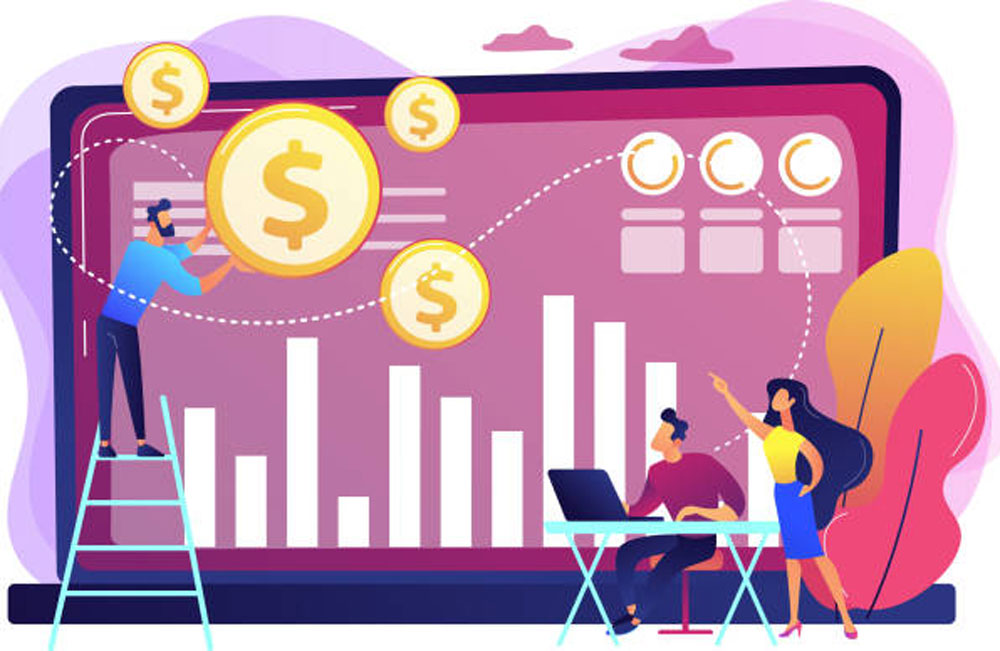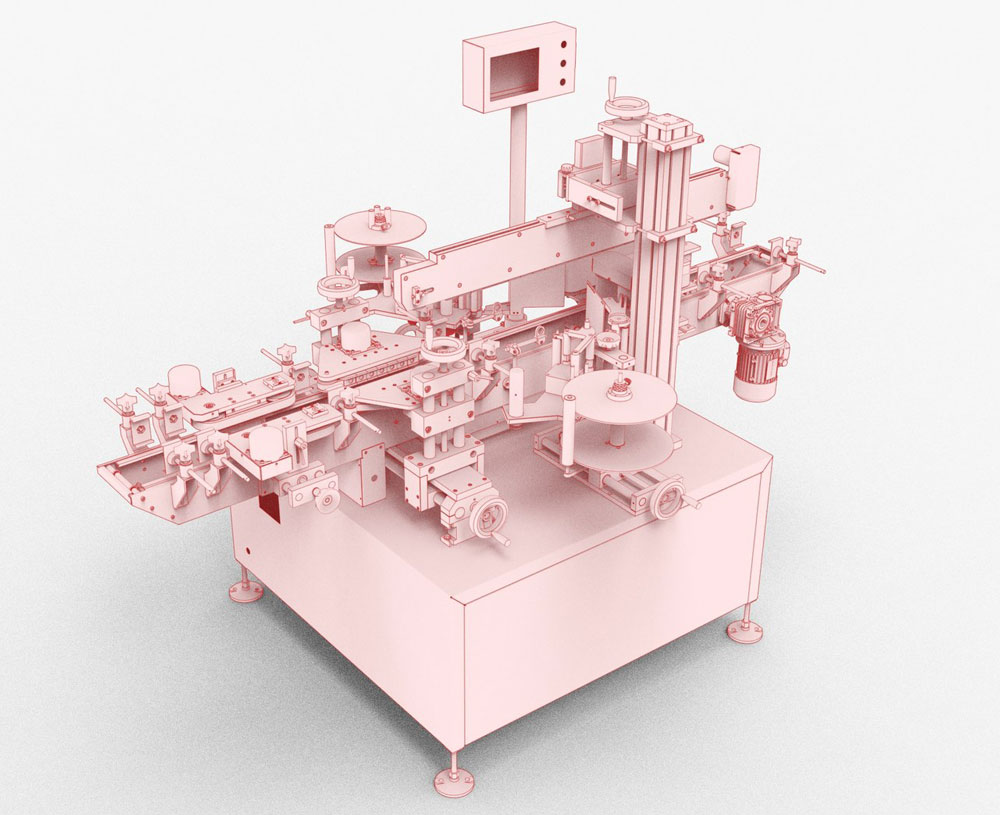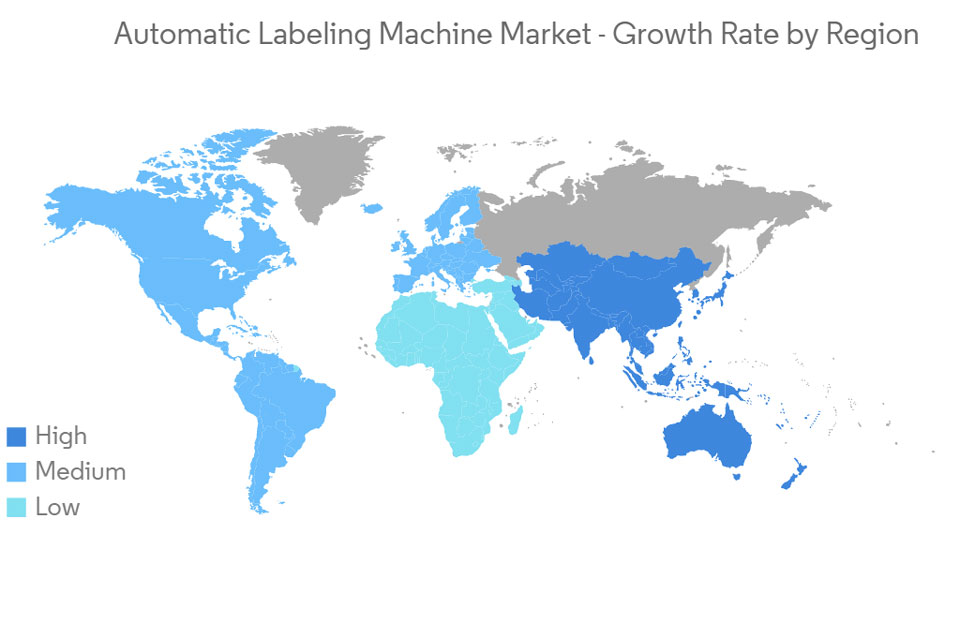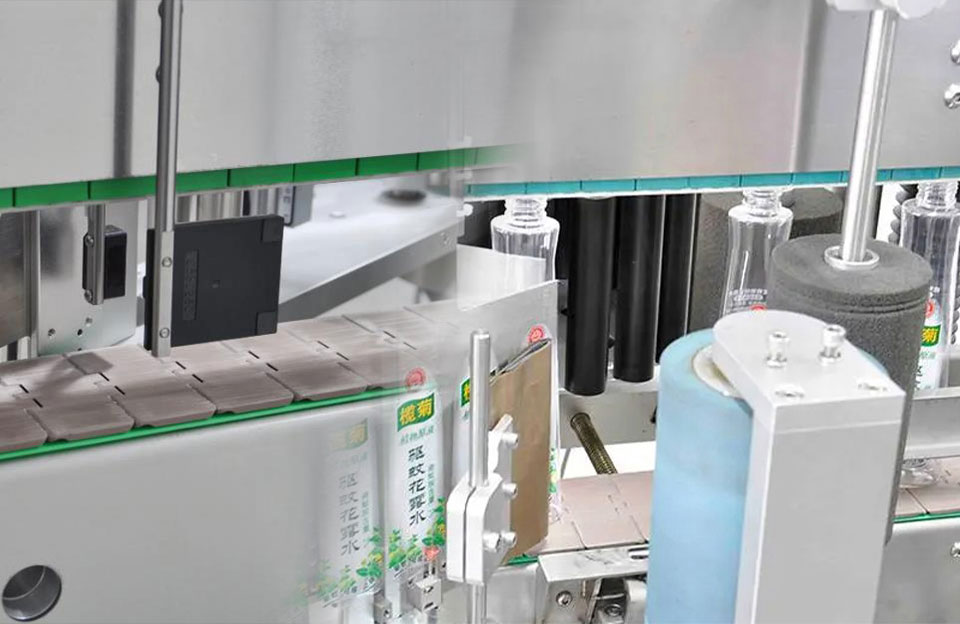Price trend of labeling machines can vary depending on several factors, including the type of labeling machine, features, production capacity, brand reputation, and the complexity of the labeling process it can handle. The labeling machine’s brand and reputation also affect the price trend of labeling machine, and well-known brands known for quality and reliability may sell for more than lesser-known or generic brands.
The Price Strategy of The Labeling Machine Industry

Pricing strategies in the labeling machine industry may vary based on factors such as market dynamics, competition, product differentiation, target customers, and overall business objectives of the company.
- Cost-Plus Pricing: This is a simple pricing strategy where the manufacturer determines the production cost of each labeling machine and then adds a markup to set the final price. Markups help cover expenses and generate profits.
- Competitive Pricing: In a highly competitive market, a company may set its prices in line with or slightly lower than its competitors, a strategy that aims to attract customers by offering similar labeling machines at competitive prices.
- Value-Based Pricing: Some companies may use a value-based pricing approach where the price is based on the perceived value of the labeling machine in the eyes of the customer. A company may set a higher price to reflect the added value if a machine offers unique features, superior performance, or greater efficiency.
- Skimming Pricing: For newly launched labeling machines with advanced features or technologies, companies may initially set higher prices to target early adopters and customers willing to pay a premium for the latest innovations.
- Penetration Pricing: On the other hand, a company may employ penetration pricing to enter a new market or gain market share quickly, such as setting a lower price to attract customers and build a customer base.
- Bundled Pricing: Companies can offer pricing incentives by bundling labeling machines with related products or services (such as labeling materials or maintenance contracts), which can create additional value for customers and encourage them to choose a bundled package.
- Psychological Pricing: Using pricing strategies such as setting prices slightly lower than round numbers (e.g., $99 instead of $100) or using odd pricing (e.g., $49.99) to create a perception of lower prices is a common psychological pricing strategy.
- Seasonal Pricing: Some labeling machine manufacturers may seasonally adjust prices to accommodate fluctuations in demand. For example, they might offer discounts or promotions during the off-season to stimulate sales.
- Dynamic Pricing: In industries with rapidly changing market conditions, some companies may use dynamic pricing strategies to adjust prices in real-time based on factors such as demand, supply, or competitor pricing.
- Regional Pricing: Companies can adjust prices according to specific market conditions in different regions or countries, considering transportation costs, local regulations, and customer preferences.
Pricing strategies may evolve and be combined or adjusted based on market feedback and changing business goals. Additionally, labeling machine manufacturers typically price their products while considering the total cost of ownership, product quality, customer service, and brand reputation to create a compelling value proposition for customers.
The Impact of Economic Situation On The Price Trend of Labeling Machine

The economic situation can affect the price trend of labeling machine industry. Here are some of the ways the state of the economy affects pricing:
- Cost of Raw Materials: Economic fluctuations will affect the price of raw materials used to manufacture labeling machines. The demand for materials may increase during economic growth, leading to higher prices. Conversely, raw material prices may stabilize or decline during a recession, allowing manufacturers to offer labeling machines at lower prices.
- Currency Exchange Rate: The labeling machine industry often involves international trade, and currency exchange rates will affect the cost of imported and exported parts or finished machines. Changes in exchange rates can affect pricing, especially for companies involved in global supply chains.
- Demand and Supply: Economic conditions directly affect market demand. In times of economic prosperity, businesses may increase their investment in machinery, including labeling machines, leading to increased demand and potentially higher prices. Conversely, a recession can reduce demand and increase competition, leading to lower prices.
- Labor Costs: Economic conditions can affect labor costs. During periods of economic growth, labor demand may increase, leading to higher wages and production costs for labeling machine manufacturers, and the increased costs may be reflected in higher product prices.
- Competition In The Market: A recession may trigger competition among labeling machine manufacturers as they compete for a smaller customer base. Companies may offer discounts or lower prices to attract customers and maintain their market share.
- Technological Advances: Economic conditions may affect industry R&D investments. In boom times, manufacturers are likely to invest in developing advanced labeling technology, which can lead to pricier, more innovative machines.
- Government Policies and Tariffs: Government polices and tariffs is an important factor in price trend of labeling machine. Changes in government policies, trade agreements, or imposed tariffs may affect the labeling machine industry. Tariffs on imported components or finished machinery could increase manufacturing costs, leading to higher consumer prices.
- Financing Costs: The economic situation affects the manufacturer’s interest rates and financing costs. Higher rates can lead to higher manufacturing expenses that can be passed on to customers through higher prices.
- Inflation: Economic inflation can lead to an overall increase in the cost of living and production. As a result, labeling machine manufacturers might adjust their prices to account for rising operational expenses.
Conclusion
Buyers must carefully know the price trend of labeling machine and evaluate their specific labeling needs and consider required production capacity, labeling speed, labeling method, and any additional features required. Comparing prices and specifications of different suppliers, along with customer reviews and industry recommendations, can help you decide on purchasing the labeling machine that best suits your organization’s requirements and budget.


